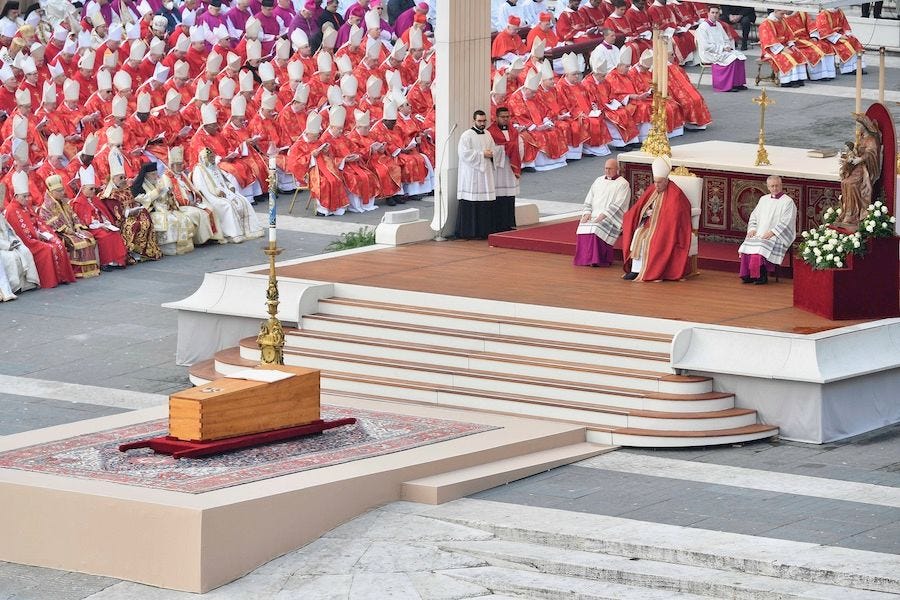What to make of a Benedict funeral Communion 'scandal'
A video circulating online shows a man denied the Eucharist at Benedict XVI's funeral. Will the Vatican address it?

Soon after the funeral of Pope Benedict XVI, a video began circulating online, which appeared to show a man being denied Holy Communion at the Mass, as he knelt before a priest distributing the Eucharist and attempted to receive on the tongue.
The video was apparently an excerpt from Vatican Media’s own broadcast of the funeral. And, of course, the video…
